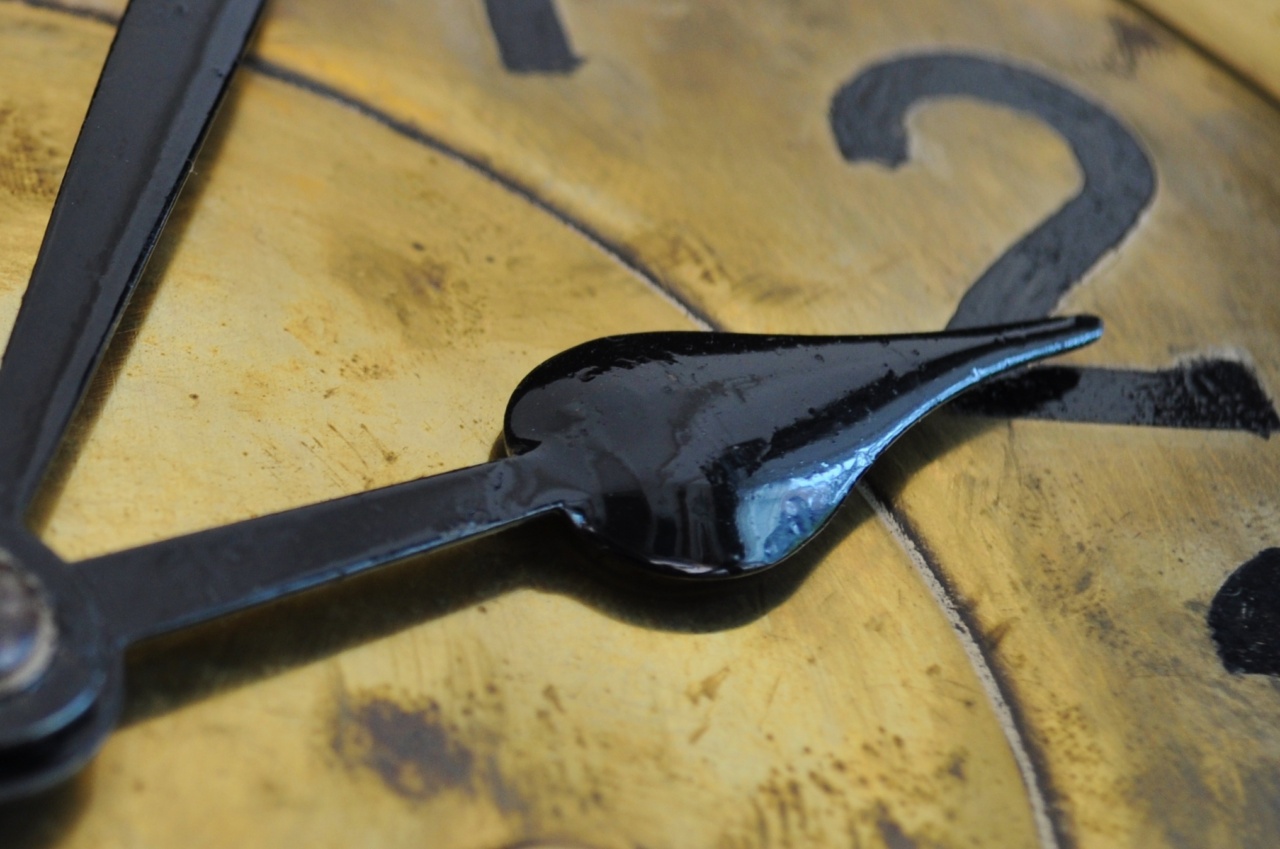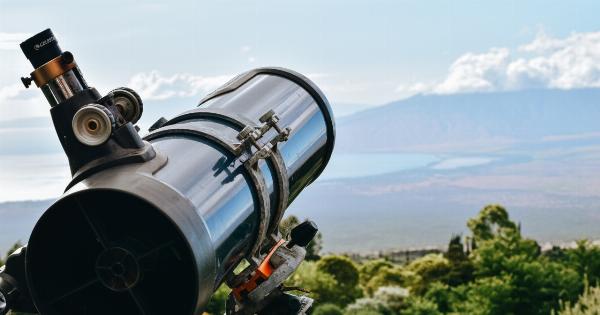The biological clock, also known as the circadian rhythm or circadian clock, is a system that regulates essential physiological processes such as sleep-wake cycles, hormone secretion, and metabolism.
The clock is synchronized to the 24-hour light-dark cycle, which serves as an external cue that entrains the circadian system to the correct time of day. However, the changing of time zones, seasonal daylight saving time, and shift work can disrupt the synchronization of the clock and create circadian misalignment.
In this article, we will discuss how the biological clock responds to time change by using two regulatory senses, namely the entrainment and phase-shifting mechanisms.
Entrainment: Aligning the Clock to the External Environment
The entrainment mechanism is the process by which the circadian clock aligns with the external environment. The primary entrainment cue is light, which is detected by a specialized photoreceptor in the retina called melanopsin.
Melanopsin is sensitive to long-wavelength blue light (around 480 nanometers), which is present in natural sunlight and artificial light sources such as light-emitting diodes (LEDs). When light enters the eye and activates melanopsin, a signal is sent to the suprachiasmatic nucleus (SCN), a cluster of neurons in the hypothalamus that serves as the master clock of the circadian system.
The SCN then sends signals to peripheral clocks in other organs and tissues to synchronize their activity.
When an individual travels to a new time zone, the entrainment process can be disrupted due to a mismatch between the light-dark cycle at the destination and the internal clock.
For example, if a person travels from New York to Tokyo, which has a 13-hour time difference, their biological clock may still be synchronizing to the New York time zone. As a result, they may experience symptoms such as fatigue, insomnia, and jet lag.
To alleviate these symptoms, it is recommended to gradually shift the sleep-wake schedule towards the new time zone and to expose oneself to bright light in the morning and avoid light exposure in the evening. This helps to reset the circadian clock and align it with the new time zone.
Phase-Shifting: Resetting the Clock’s Timing
The phase-shifting mechanism is a process by which the circadian clock can be reset to a new timing based on environmental cues such as light and food.
This process involves the adjustment of the timing of the clock’s output signals, such as melatonin secretion and body temperature. These signals are controlled by a network of genes and proteins that interact in a feedback loop, known as the molecular clock.
In response to light exposure, the phase-shifting mechanism can cause the circadian clock to advance or delay its timing, depending on the timing and duration of the light exposure.
For example, exposure to bright light in the morning can advance the clock’s timing, while exposure to bright light in the evening can delay the clock’s timing. Similarly, meal timing and composition can also influence the timing of the circadian clock. Research has shown that consuming meals at irregular times can disrupt the clock’s timing and lead to metabolic dysfunction and obesity.
Circular Interaction between the Two Regulatory Senses
The entrainment and phase-shifting mechanisms are not independent processes, but rather interact and influence each other in a circular manner.
For example, when an individual travels to a new time zone and experiences jet lag, the entrainment process may be disrupted, which can lead to a desynchronization between the SCN and the peripheral clocks. In this scenario, the phase-shifting mechanism can be activated by the exposure to light and meal timing, which helps to realign the peripheral clocks with the new time zone.
Similarly, when an individual follows a irregular sleep-wake schedule or eats meals at different times of the day, the phase-shifting mechanism may disrupt the clock’s timing, which can lead to a weakened response to the entrainment cue of light. In this scenario, exposure to bright light in the morning and avoiding light exposure in the evening can help to strengthen the entrainment mechanism and realign the clock’s timing.
Conclusion
The biological clock is a complex system that regulates essential physiological processes and is critical for our health and well-being.
The clock uses two regulatory senses, the entrainment and phase-shifting mechanisms, to align with the external environment and reset its timing. By understanding how these mechanisms work and interact with each other, we can optimize our sleep, diet, and lifestyle behaviors to maintain a healthy circadian rhythm and prevent circadian misalignment.




























